Classification and Morphology of Orchid Flowers
Hallo steemian, everyone knows the beauty of orchids and everyone knows the beauty of orchids is very pampering the eyes, but not everyone understands about the morphology of orchids.
in this post I will present the knowledge of orchid morphology
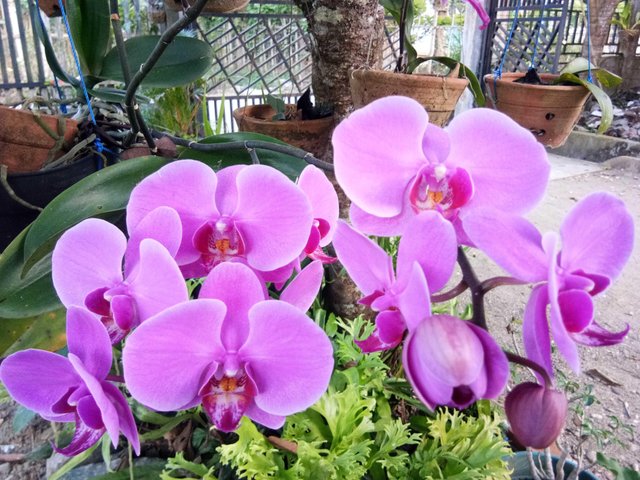
Orchid flowers are one of the ornamental flowers, which are found in many regions and even the world. This orchid is included in the family orchidaceae with orchidales order which has the form of flowers menjari and has a variety of colors ranging from red, pink, white and also purple.
(Widiastoety, dkk. 2010) Orchid flowers have 20,000 species that spread around the world, of which only 6,000 species are found in Indonesia's forests. Based on research Dressier and Dodson, 2000 in. These orchids can be classified and morphologized.
Classification of orchid flowers
| Kingdom | Plantae |
| Division | Spermatophyta |
| sub division | Angiospermae |
| class | Monocotyledoneae |
| ordo | Orchidales |
| family | Orchidaceae |
| sub family | Epidendroideae |
| Spesies | Dendrobium macrophylumm, Dendrobium canaliculatum, Dendrobium lineale, Dendrobium bifale dan Dendrobium secundum. |
The structure of orchid plants consists of roots, stems, leaves and flowers. Characteristic properties of plants from the family Orchidaceae seen on the character of the roots, stems, leaves, flowers, fruits and seeds.
- flower
Orchids are ornamental plants that have a diversity of colors and shapes of flowers. however, the orchid has the same and distinct flower structure.

- fruit
The shape of orchids varies according to the type. The orchid is a lantern or capsular that has 6 ribs. Three of them are true ribs and the other three are places of two different edges of the leaves of the fruit. In place of the merging of the edges of the fruit leaves in one orchid for the little finger there are hundreds of thousands even.
millions of very soft orchid seeds in a very small size. Orchid seeds do not have endosperm as a food reserve so for germination is needed nutrients that serve to help the growth of seeds. Germination in nature is very difficult if without the help of fungi (mushrooms) called mycorrhizos symbiotic with the orchid seeds. In appropriate environmental conditions, the hyphae or yarn of the mokoriza will penetrate the orchid embryos through the suspensor cells. Then the fungi are digested so that the release of nutrients as energy materials used for the growth and development of seed germination of orchids.
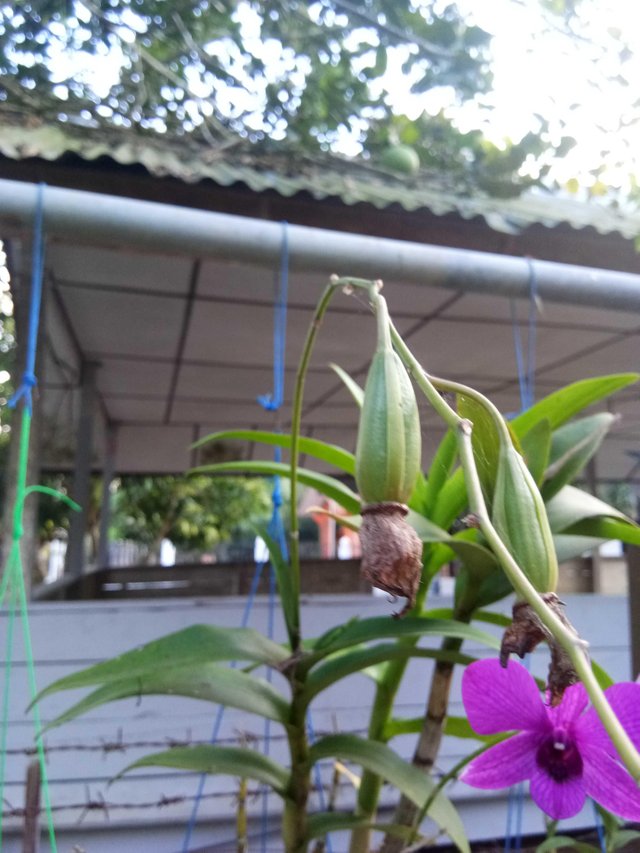
- orchid rods
The shape of various orchid rods, there is a slender, fat fleshy whole or thickened in certain parts with or without a pseudobulb (pseudobulb). The orchid trunk can be divided into two types based on the growth type, monopodial and simpodial.
Monopodial Orchids
It has a main stem whose tip continues to grow and is not limited in length. The flower stem will come out between two armpits of the leaf. The shape of the trunk is slim and not round. Monopodial orchid groups are the genera Aerides, Arachnis, Phalaenopsis, Renanthera, Aranthera, Vanda and others.
Simpodial Orchids
orchids that have a main stem composed by the annual sections. The simpodial type of orchid has a pseudobulbic rod. Each segment begins with a leaf of scales and ends with a sprig of flower. Growth of the ends of the stem is limited, the growth of the stem will be stopped when the upward growth has been maximized. The new main bar emerges from the base of the previous main trunk. In the simplex orchid there is a link from one bud to another shoot called rhizome. Groups of simpritial angrek genus Cattleya, Coelogyne, Dendrobium, Grammatophyllum, Oncidium and others.
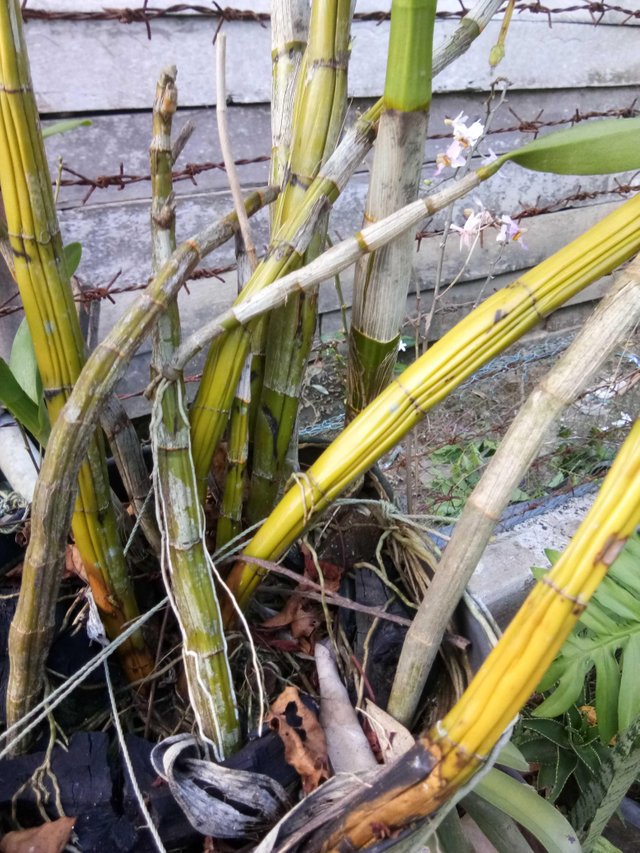
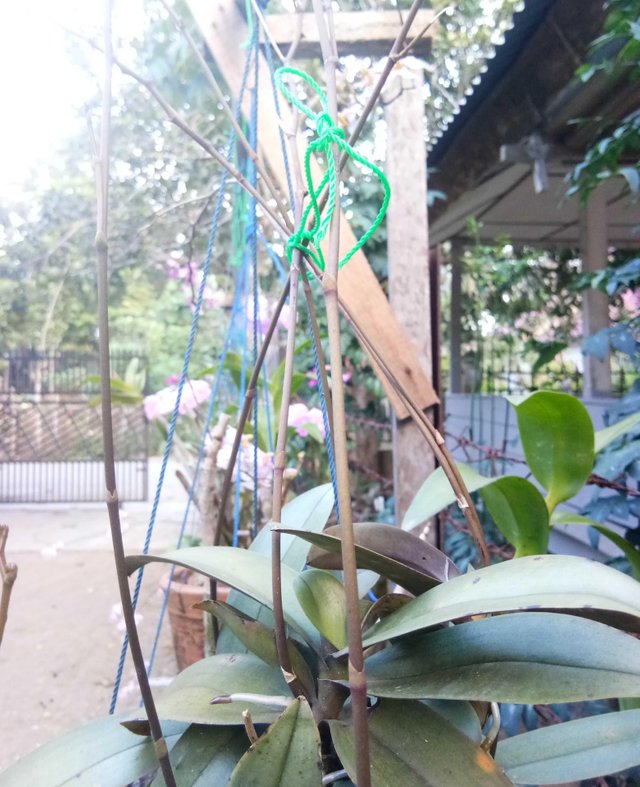
- Orchid Root
the roots of the orchid are cylindrical and fleshy, soft and easily broken with a pointed tip slippery and slightly sticky. In the dry state the roots appear silvery white on the outside and only at the ends of the roots are green or look a little purplish. The old roots become brown and dry, then replaced by new roots. Root on orchids serves to pick up, absorb, and deliver nutrients to all parts of the plant. Another function of the root is to attach itself to a growing place or medium. Plants are said to be healthy or not can be seen from the roots. The aerial roots have a hollow layer of velamen that serves to absorb water and air. This root can also photosynthesize because it contains green leaf granules (chlorophyll). In the velamen layer there is mycorhiza (myco = fungus; rhizome = root) or fungi that live in the roots of plants. Mycorhiza lives symbiosis by fixing the phosphate to be exchanged for hydrate from plants.
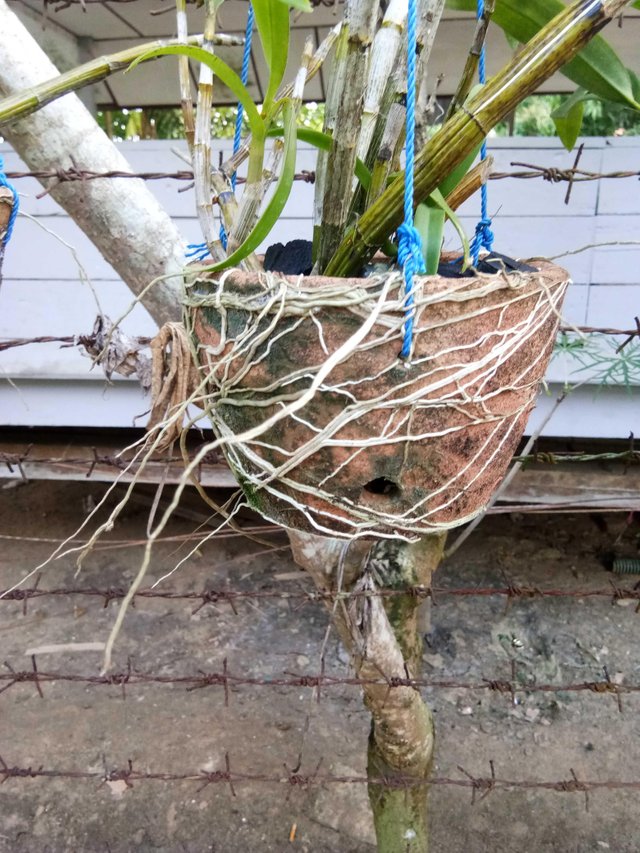
- Leaf Orchid
The leaves of orchids have different shapes, sizes and thicknesses depending on the type and genus. Orchid leaf bone is parallel to leaf strands. Leaf shape there is a long round like a pencil, narrow or palm-like width, fleshy thin or thick, smooth or rough surface there is even a kind of leafless orchids. Arrangement of leaves alternating or dealing.
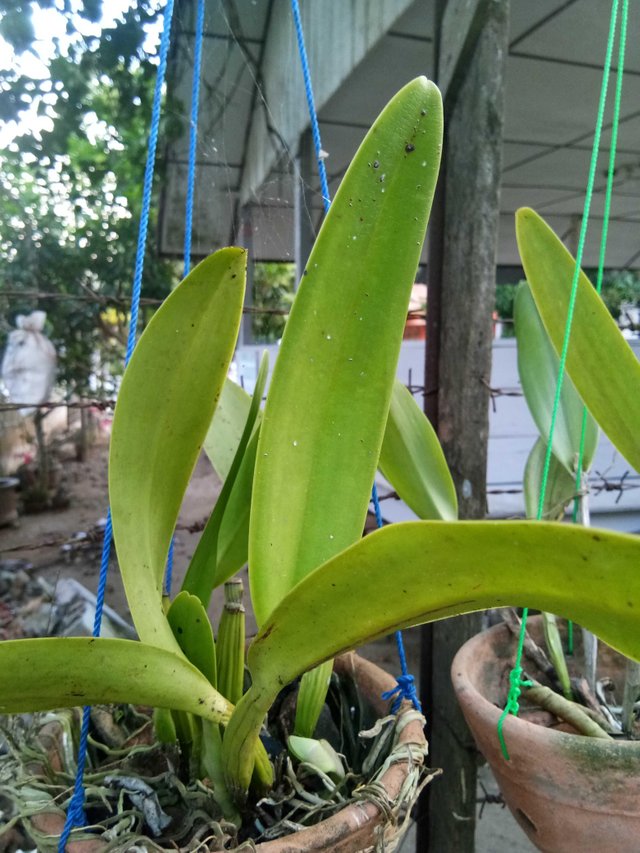
Leaf type indicates the state of orchid habitat. According to the growth of the leaves orchids are classified into two.
Evergren group (leaf type remains fresh / green), the orchid whose leaf blades do not fall simultaneously.
Decidous group, ie all the leaves of deciduous leaves and plants experiencing periods of rest, then replaced its place with the emergence of flowers.
Thank you for reading the classification and morphology of orchid flowers, may the information I present useful. @zaky14
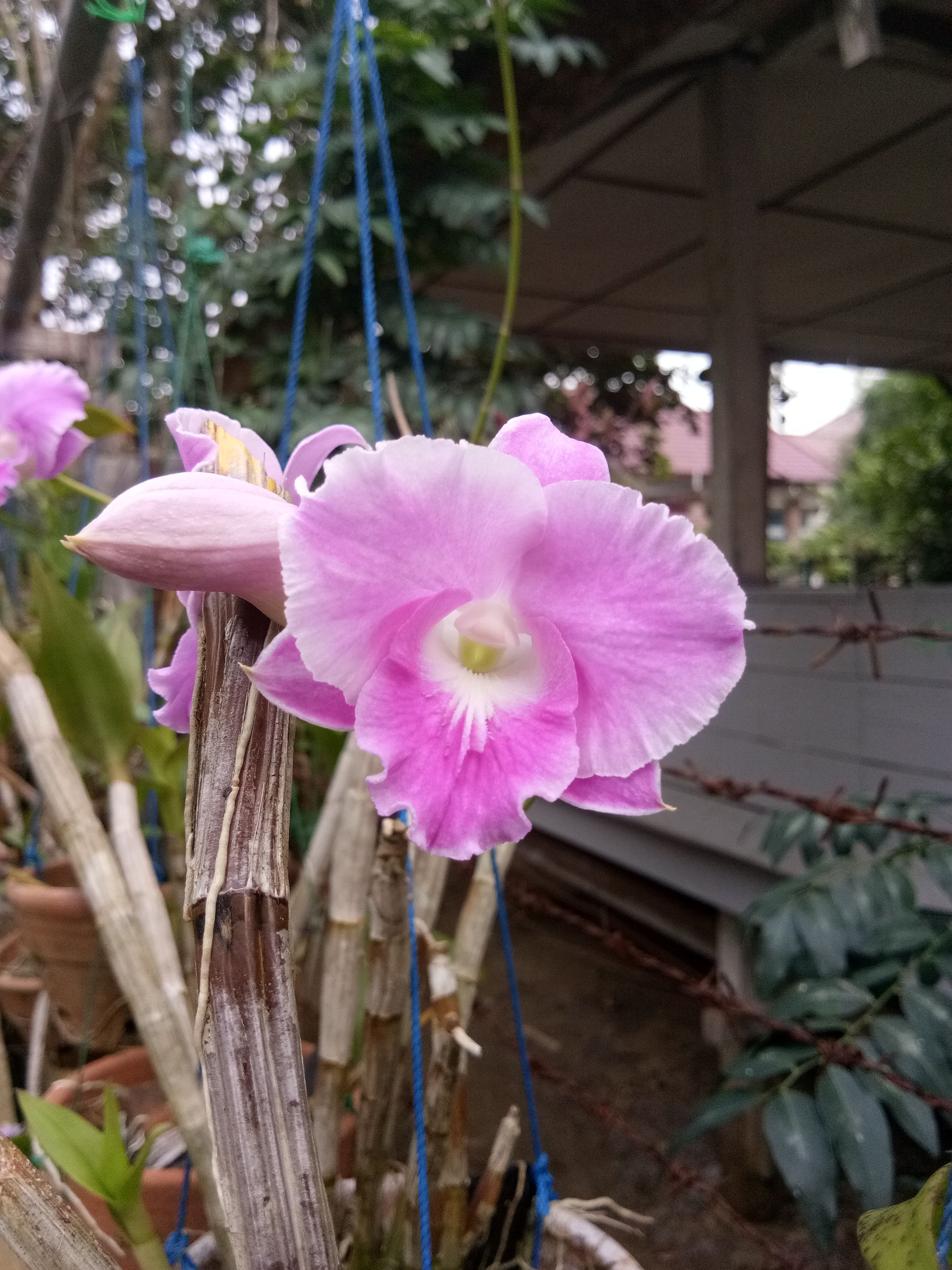
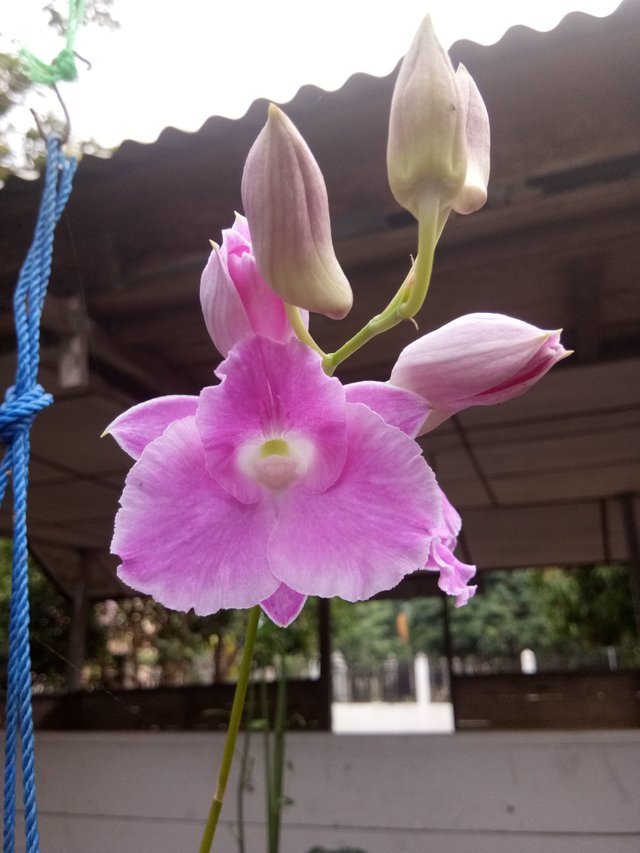
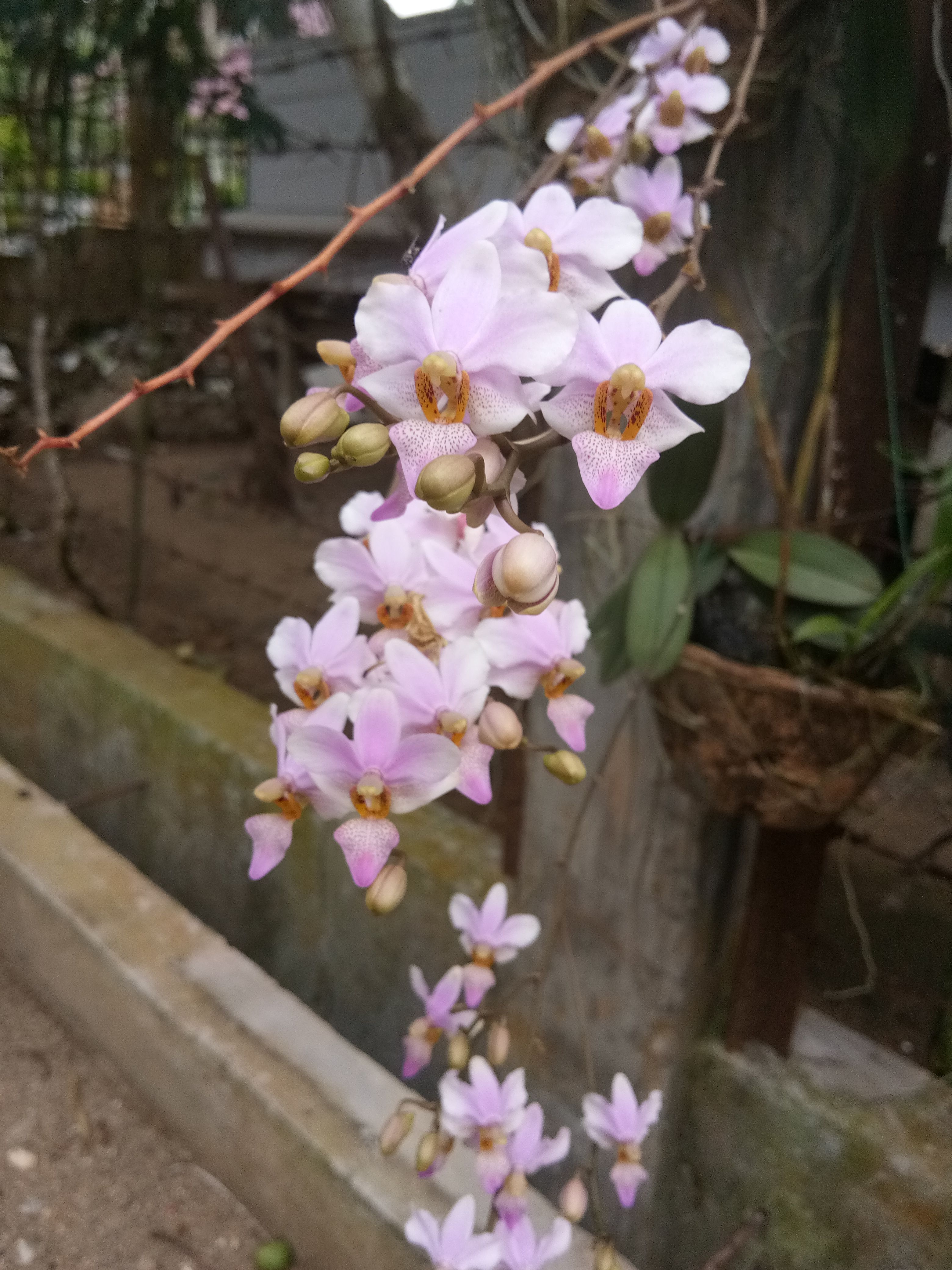
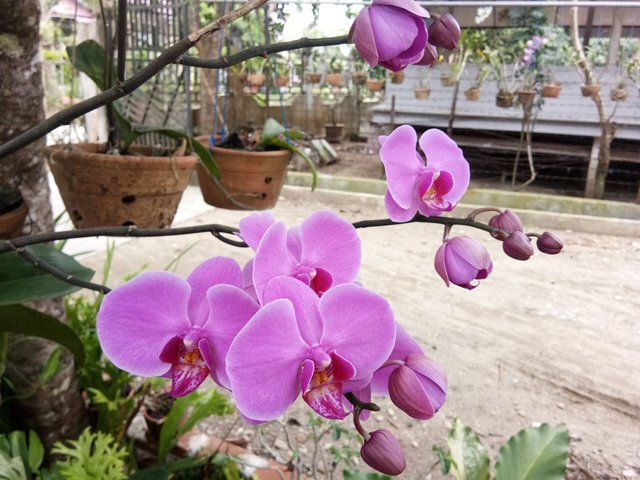
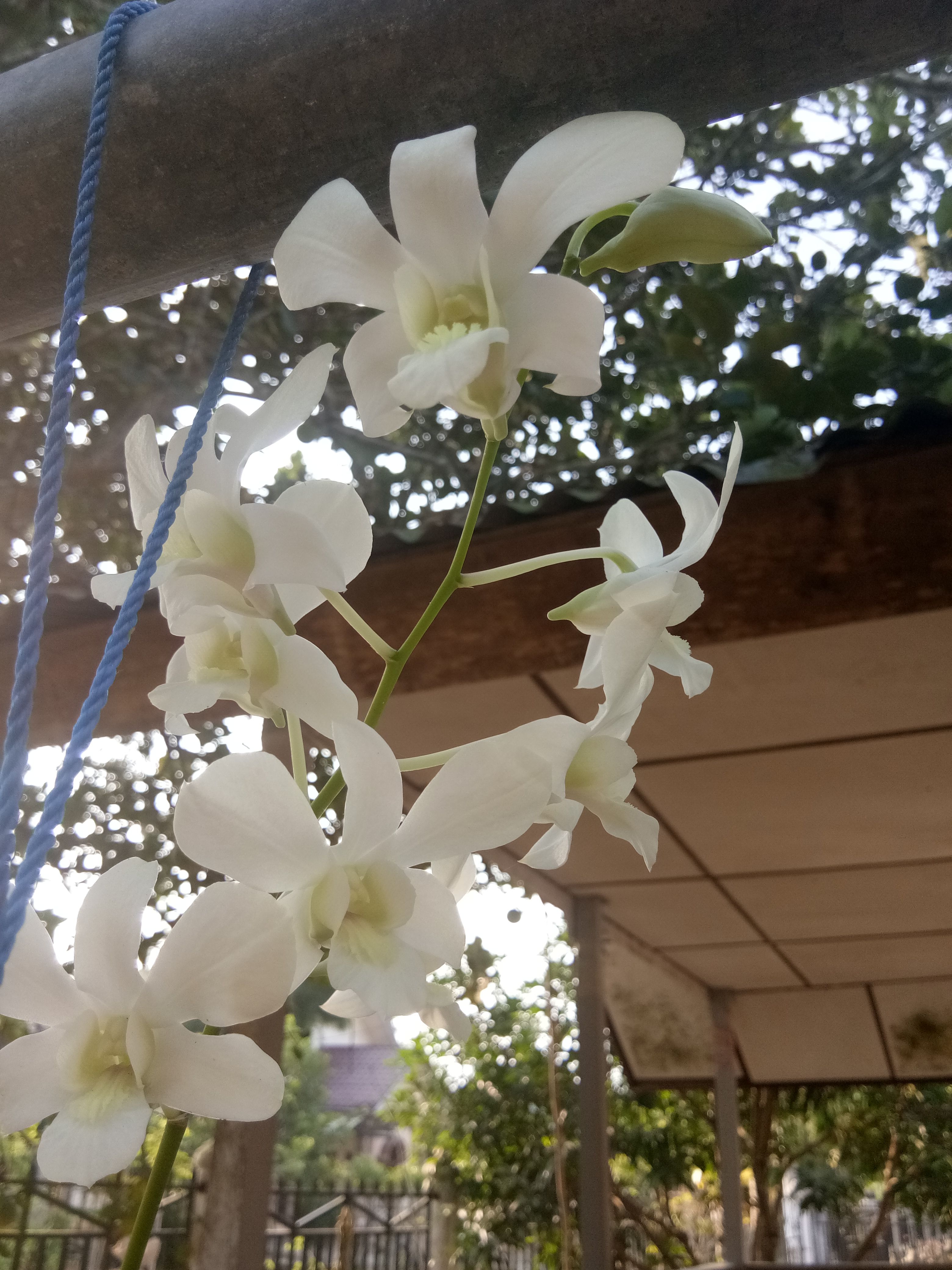
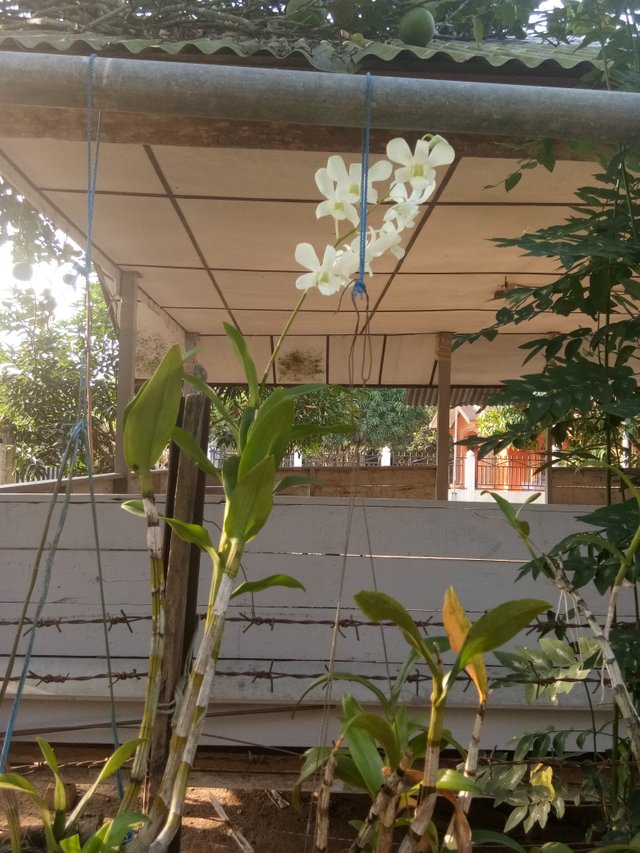
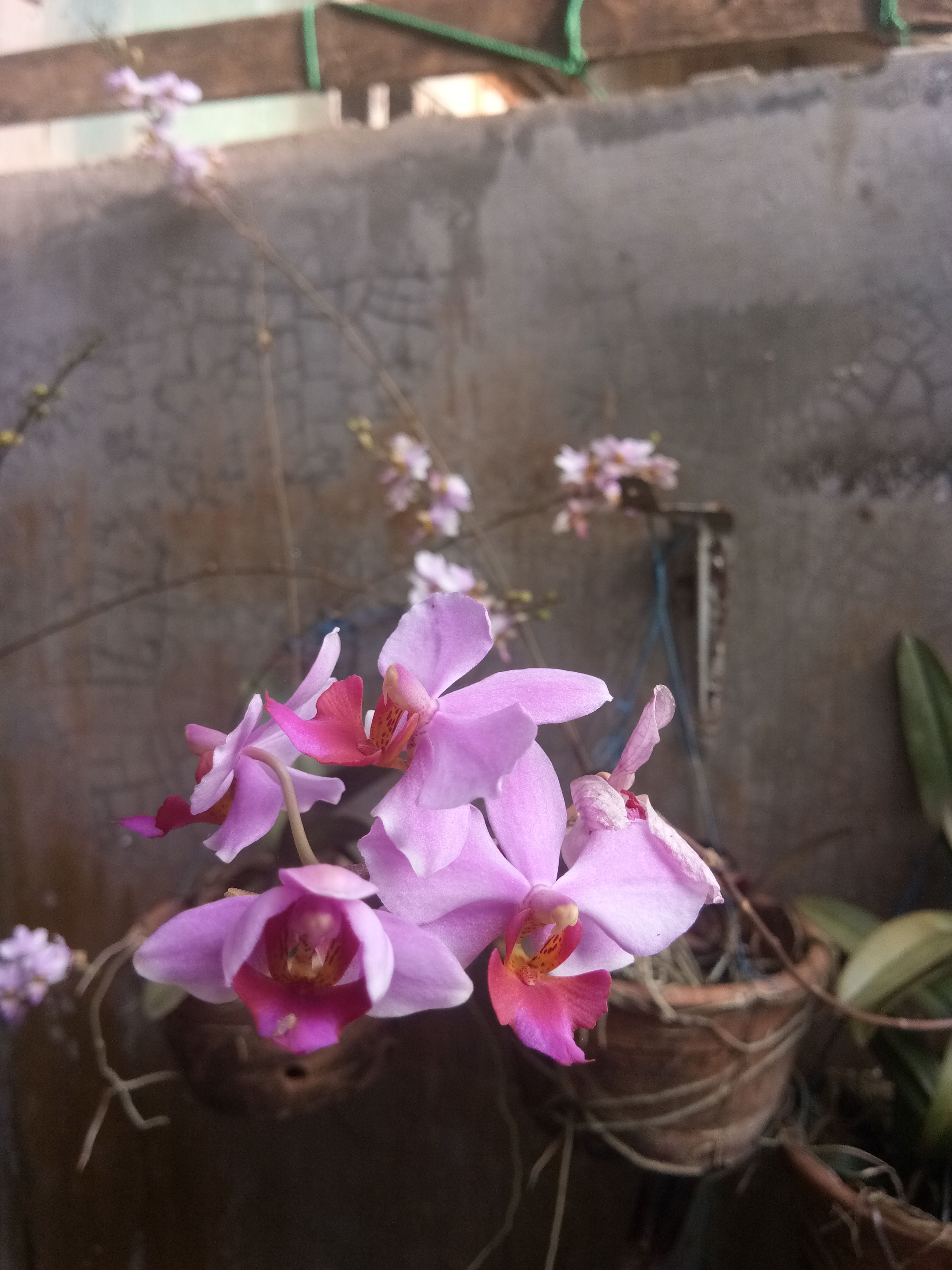
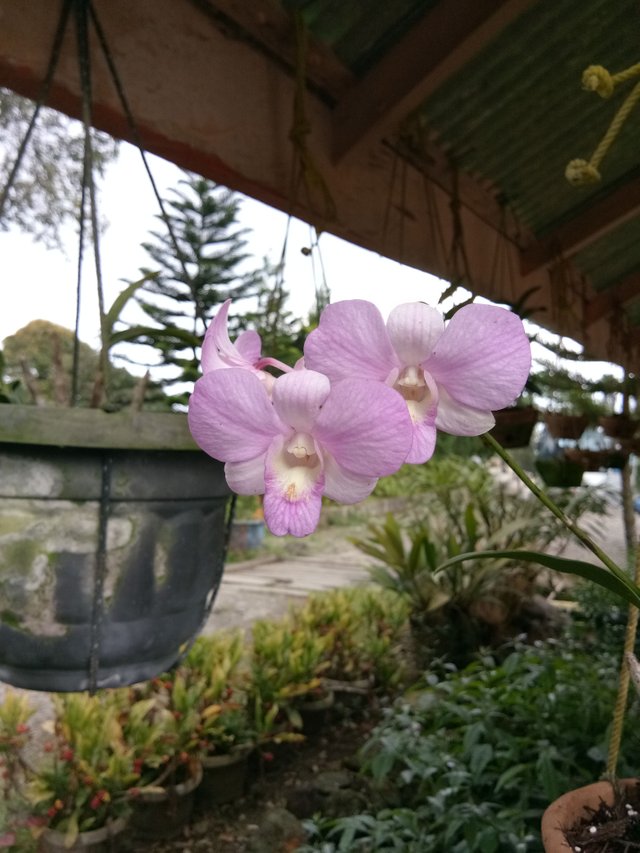
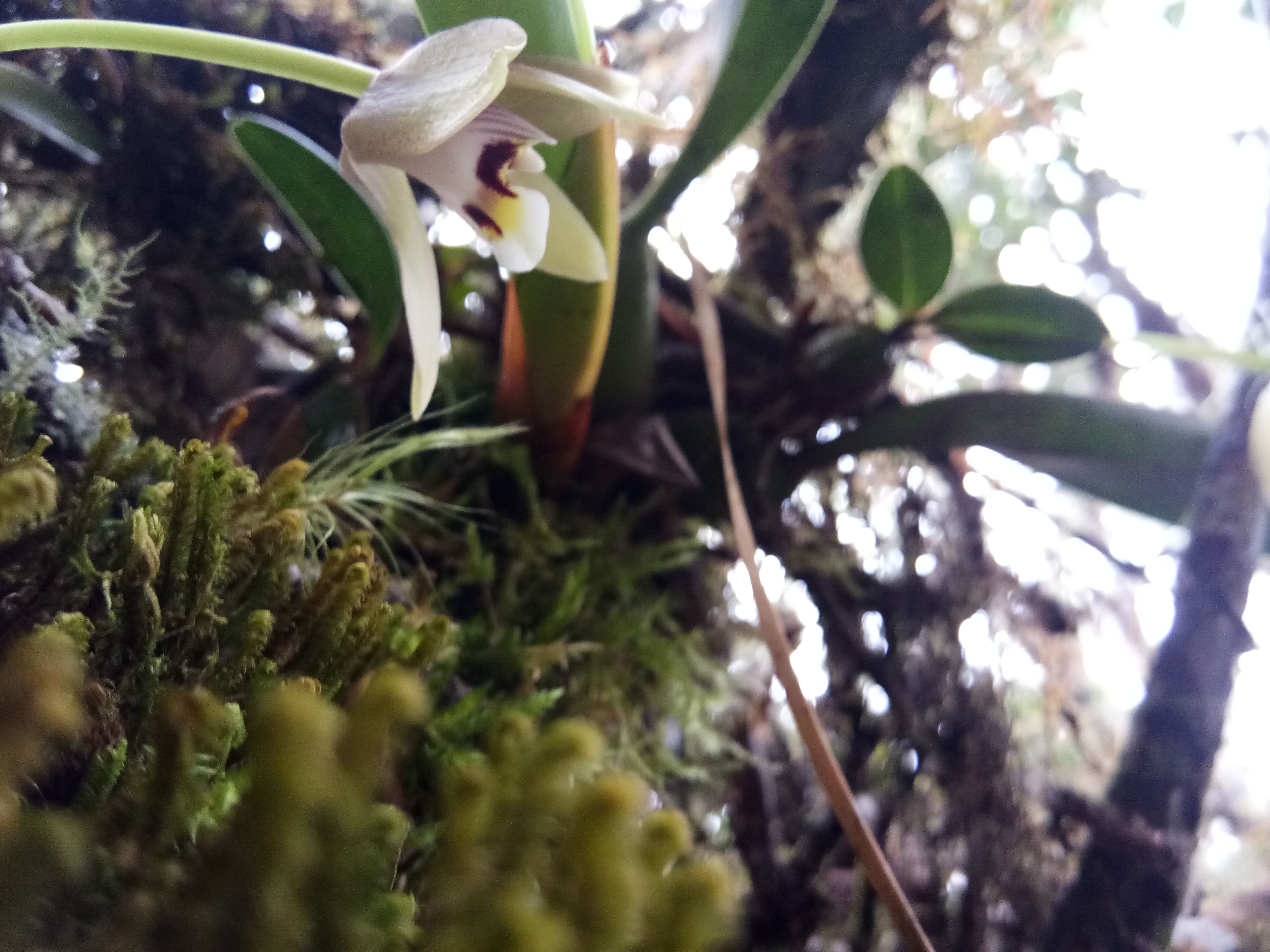
Widiastoety D, NinaS, dan Muchtar S. 2010.
Potential of Dendrobium Orchid in Increase Variation and Quality Cut Flower Orchids. Journal of Litbang Agriculture. 29(3): 101-106.
https://www.google.co.id/amp/s/bobypurnomo.wordpress.com/2015/04/06/morfologi-tanaman-anggrek/amp/
http://euisnovitasari.blogspot.co.id/2011/07/morfologi-anggrek.html?m=1
http://fredikurniawan.com/klasifikasi-dan-morfologi-bunga-anggrek/
By : @zaky14